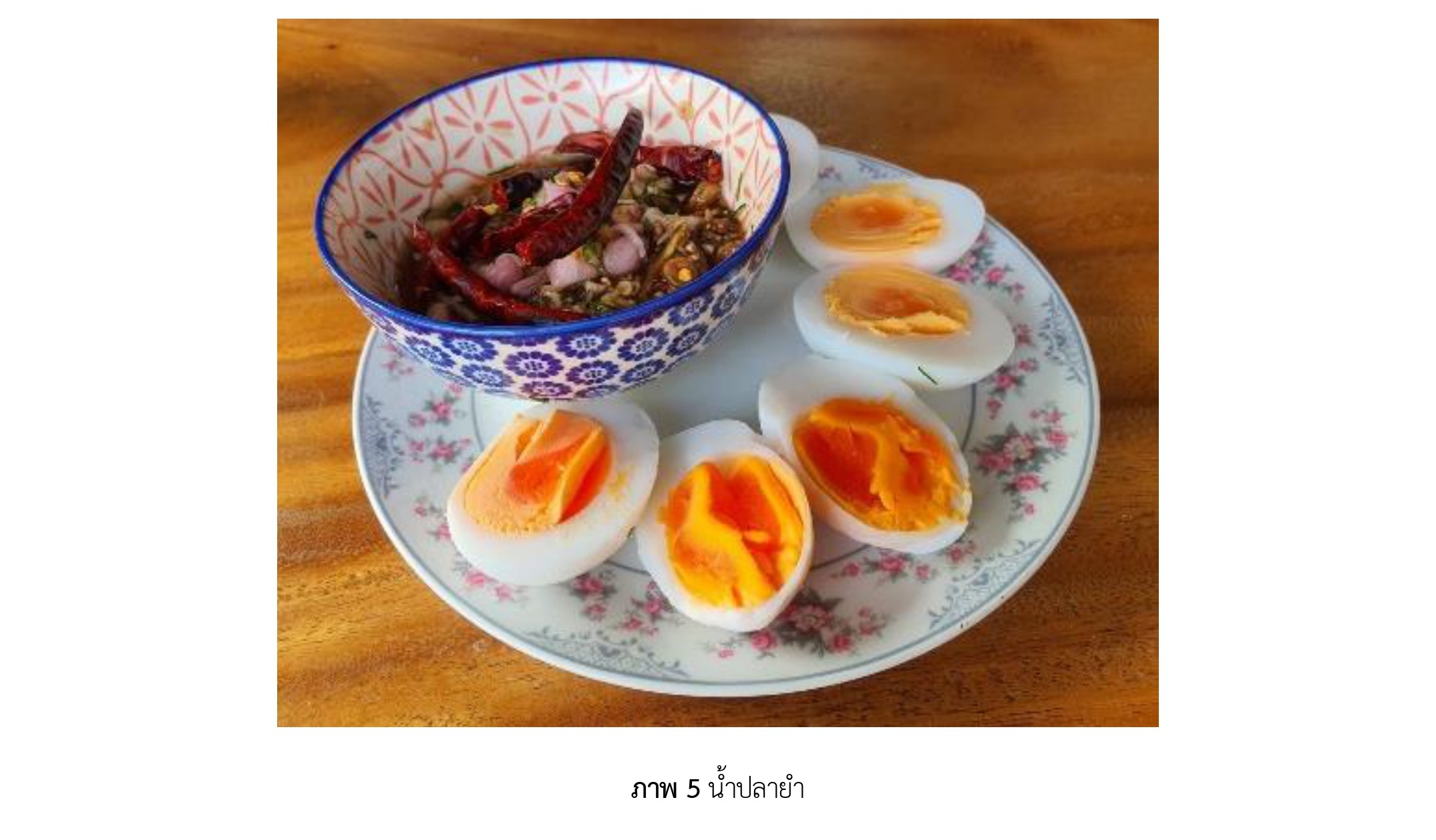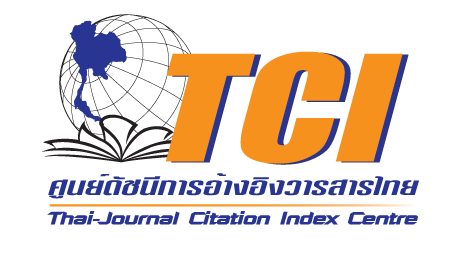Food Recipes of the Thai Raman based on Authenticity
DOI:
https://doi.org/10.14456/psruhss.2024.45Keywords:
Thai-raman perception, Recipe, AuthenticityAbstract
The objective of this research article is to: 1) study the dietary patterns of the Ramkhamhaeng ethnic group, 2) develop the dietary patterns of the Thai Ramkhamhaeng ethnic group, and 3) study the nutritional value of the dietary patterns of the Thai Ramkhamhaeng ethnic group. This is an applied research aimed at bringing research results into development. Qualitative data was collected through in-depth interviews and group discussions, analyzed qualitatively through content analysis, and quantitative data was collected and analyzed using mean values and standard deviations.
The research findings indicate that the main sources of raw materials for most ordinary. Thais are obtained from natural resources. Some are grown at home, in fields, or purchased from local markets. Fish is the primary source of animal protein consumed. The staple foods in daily life mainly consist of curries, grilled dishes, and chili paste. They have been divided into two categories savory and sweet dishes by gathering recipes that are utilized in everyday life and at different events. After standardizing and evaluating these recipes' nutritional value, it was found that the majority of dishes provide energy, carbohydrates, fats, and minimal sugars, with high dietary fiber and calcium content and moderate sodium levels. For example, per serving of grilled fish with basil leaves, there is approximately 60.60 kilocalories of energy, 3.08 grams of carbohydrates, 7.27 grams of protein, 2.14 grams of fat, 0.71 grams of dietary fiber, 94.95 milligrams of calcium, and 243.09 milligrams of sodium.
References
กรมการแพทย์แผนไทยและการแพทย์ทางเลือก. (2564). กระเจี๊ยบเขียว. สืบค้น 22 กรกฎาคม 2564, จาก https://www.dtam.moph.go.th/ index.php/th/trust-news/7365-trust0180.html.
ชลธิชา ปริวันตา, วิชิตา บุญเสริม, อุไลมาศ ทั่งรื่น และจุรีมาศ ดีอำมาตย์. (2560). การศึกษาตำรับอาหารพื้นบ้านชาวมอญชุมชนศาลาแดงเหนือ อำเภอสามโคก จังหวัดปทุมธานี. ใน การประชุมวิชาการระดับชาติ วิทยาศาสตร์และเทคโนโลยีระหว่างสถาบันครั้งที่ 5. ปทุมธานี: มหาวิทยาลัยราชภัฏวไลยอลงกรณ์ ในพระบรมราชูปถัมภ์.
ชาญณรงค์ อุดมสุข, จุไรรัตน์ ประเสริฐสนิท และสุพรรณี โพธิ์แพงพุ่ม. (2564). ภูมิปัญญาอาหารพื้นบ้านชาวไทยเชื้อสายมอญบ้านวังกะ อำเภอสังขละบุรี จังหวัดกาญจนบุรี. วารสารคณะมนุษยศาสตร์และสังคมศาสตร์ มหาวิทยาลัยราชภัฏกาญจนบุรี, 8(2), 61-76.
ชุษณา เมฆโหรา. (2565). โซเดียม การรับรสเค็มและการปรับลดปริมาณโซเดียมในผลิตภัณฑ์อาหาร. สารานุกรมไทยสำหรับเยาวชน เรื่อง ชนิดของอาหารไทย, 52(1), 16-23.
ณิชมน ภมร และพัชรี ตันติวิภาวิน. (2563). การจัดการความรู้ภูมิปัญญาท้องถิ่นด้านวัฒนธรรมอาหารพื้นบ้านภาคเหนือตอนบนของไทย. วารสารรังสิตบัณฑิตศึกษาในกลุ่มธุรกิจและสังคมศาสตร์, 6(2), 28-44.
ดามธรรม จินากูล. (2565). Research & Development หลักสูตรอบรมให้ความรู้เกี่ยวกับการวิจัยสถาบัน. มหาวิทยาลัยเทคโนโลยีสุรนารี. สืบค้น 8 ธันวาคม 2566, จาก https://web.sut.ac.th/dpn/document/ir/2565/6-R_D-Research%20Mart-IRD-SUT-3.pdf
ทับทิม เป็งมล, สิริลักษณ์ กัลยา และณัฐวุฒิ วิทา. (2561). การจัดการองค์ความรู้ทางวัฒนธรรม เพื่อการท่องเที่ยวอย่างยั่งยืน. วารสารการบริหารการปกครองและนวัตกรรมท้องถิ่น, 2(3), 93-106.
น้ำทิพย์ จองศิริ. (2565). การพัฒนาตำรับอาหารพื้นบ้านสุขภาพสำหรับผู้สูงอายุเขตอำเภอเมือง จังหวัดแพร่. Journal of the Phrae Hospital, 30(2), 56-70.
ปาจรีย์ กิจกาญจนกุล. (2566). องค์ความรู้ภูมิปัญญาท้องถิ่น ด้านอาหารพื้นถิ่นมอญลุ่มน้ำแม่กลองจังหวัดราชบุรี. วารสารศิลปศาสตร์ มหาวิทยาลัยธรรมศาสตร์, 23(1), 204-233.
วรุณี เชาวน์สุขุม. (2562). ทุนวัฒนธรรมด้านอาหารมอญ จังหวัดปทุมธานี เพื่อพัฒนาสู่เศรษฐกิจสร้างสรรค์. วารสารวิจัยและพัฒนา วไลยอลงกรณ์ ในพระบรมราชูปถัมภ์ สาขามนุษยศาสตร์และสังคมศาสตร์, 14(1), 216-232.
วันดี ณ สงขลา. (2532). สารานุกรมไทยสำหรับเยาวชน เล่มที่ 13 เรื่อง อาหารไทย. สืบค้น 10 พฤศจิกายน 2566, จาก http://kanchanapisek.or.th/kp6/sub/other_sub.php?file=encyclopedia/saranugrom.htm
วิวรณ์ วงศ์อรุณ. (2562). ตำรับอาหารพื้นเมืองตำบลทองมงคล อำเภอบางสะพาน จังหวัดประจวบคีรีขันธ์. วารสารวิจัยราชภัฏพระนคร สาขาวิทยาศาสตร์และเทคโนโลยี, 14(2), 120-130.
สถาบันการแพทย์แผนไทยอภัยภูเบศร. (2564). กระเจี๊ยบเขียว..ลดไขมัน ขับพยาธิ รักษาโรคกระเพาะ. สืบค้น 5 ธันวาคม 2567, จาก https://www.facebook.com/abhaiherb/posts/3727302627334783/
สำนักโภชนาการ กรมอนามัย กระทรวงสาธารณสุข. (2563). ตารางปริมาณสารอาหารอ้างอิงที่ควรได้รับประจำวันสำหรับคนไทย พ.ศ. 2563. สำนักโภชนาการ กรมอนามัย กระทรวงสาธารณสุข.
สิตา ทิศาดลดิลก และเอื้อมพร รัตนสิงห์. (2562). ฤทธิ์ต้านออกซิเดชันและปริมาณสารประกอบฟีนอลทั้งหมดของสารสกัดหยาบจากมะตาด. วารสารวิจัยและพัฒนา วไลยอลงกรณ์ ในพระบรมราชูปถัมภ์, 14(3), 104-116.
Miles, M. B., & Huberman, A. M. (1994). Qualitative data analysis: An expanded sourcebook. sage.

Downloads
Published
How to Cite
Issue
Section
License
Copyright (c) 2024 Humanities and Social Sciences Journal of Pibulsongkram Rajabhat University

This work is licensed under a Creative Commons Attribution-NonCommercial-NoDerivatives 4.0 International License.
Any articles or comments appearing in the Journal of Humanities and Social Sciences, Rajabhat Phibulsongkram University, are the intellectual property of the authors, and do not necessarily reflect the views of the editorial board. Published articles are copyrighted by the Journal of Humanities and Social Sciences, Rajabhat Phibulsongkram University.







